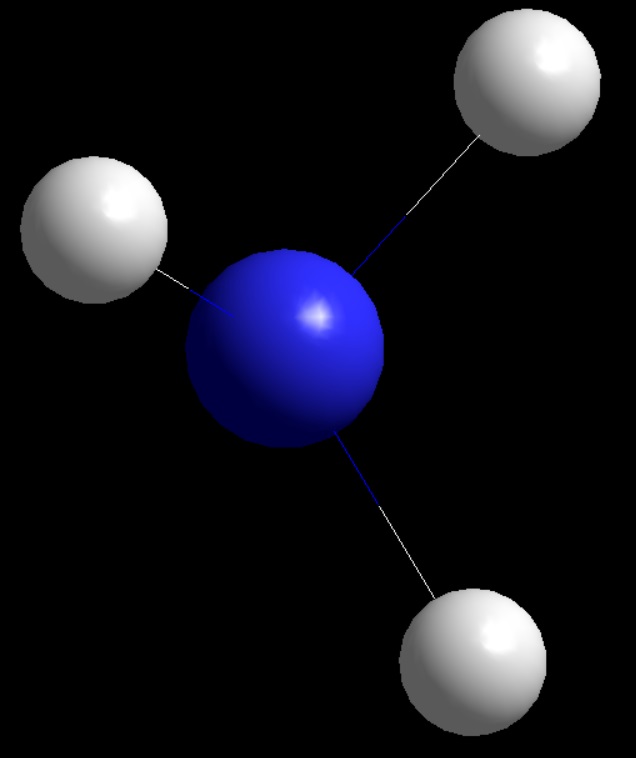Inorganic Chemicals outlook [May 2016]

Inorganics do not include carbon and their main products include:
- Acids
- Bases
- Esters
- Salts
- Metal oxides
- Non metal oxides
- Alkali
- Elementary substances
Inorganics cover low percentage of overall chemical industry, and they mainly are used in applications of:
- Functional inorganics
- Nanoparticles
- Basic inorganics
Functional inorganics are mainly used in electric and electronic industries. Their functionalities are mostly attributed to specific elements including:
- Boron
- Copper
- Indium
- Lithium
- Titanium
- Silicon
- Zinc
- Aluminum
A significant growth is expected in the functional inorganics in the next years owing to the following factors:
- Asia Pacific exhibit higher functional inorganic demand due to the increased manufacturing capacity of electrics and electronic manufacturers based in these countries
- UAE and other Middle East countries have started to consume more functional inorganics due to extensive demand by companies transferring their activities there
- Europe and US also are expected to exhibit increased demand due to slow but stable recovery after the economic crises.
- The increase of middle class population around the world, and especially in China, will lead to higher demands for flat screens, computers, tablets, smart phones, and other related products
Metal oxides have been covered in the previous section of nanomaterials. Basic inorganics include:
- Hypochlorites
- Chlorites
- Silicon
- Colloidal precious metals
- Silver nitrate
- Ammonia
- Hydrogen
- Hydrogen peroxide
- Nitric acid
- Phosphoric acid
- Oxygen
- Nitrogen
- Rare gases
- Phosphorus
- Sulfur
- Sulfuric acid
- Calcium carbonate
- Other carbonates
- Chlorine
- Other basic inorganic chemicals [fluorine, iodine, etc]
Ammonia is manufactured mainly for use in fertilizers [85% of world’s 140M tons production]. Major producers include China and Russia due to low cost of natural gas and coal. Bromine is mainly used as a flame retardant and in drilling fluids. Its total production is around 560.000 tones. Chlorine is mainly produced from rock salt. It is used in PVC production [39%], isocyanates and oxygenates [18%] and in other inorganics [16%]. Annual production is around 56M tons. Calcium carbonate comes from rocks of different forms [limestone, chalk and dolomite]. Main use of limestone and lime are found in construction materials, accounting for 82% of total use globally. Fluorine is mainly used in the nuclear energy industry. Its global production is 22,000 tons. Hydrogen, besides being an energy carrier, is the basic compound for the manufacturing of the most important inorganic, ammonia and methanol. Another basic use is in refinery processes. Hydrogen production is expected to continue increasing due to the use as an energy carrier and in the synthetic processes mentioned.
More than 85% of nitric acid is used for the manufacture of ammonium nitrate that is being used in explosives and fertilizers. Annual production is estimated currently at 70M tons. Sulfuric acid is also used for fertilizers [phosphate fertilizers, 50% of total production] but also in the manufacturing of hundreds of chemicals. Its production capacity is estimated at 220M tons worldwide.
